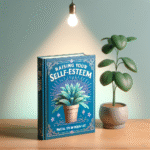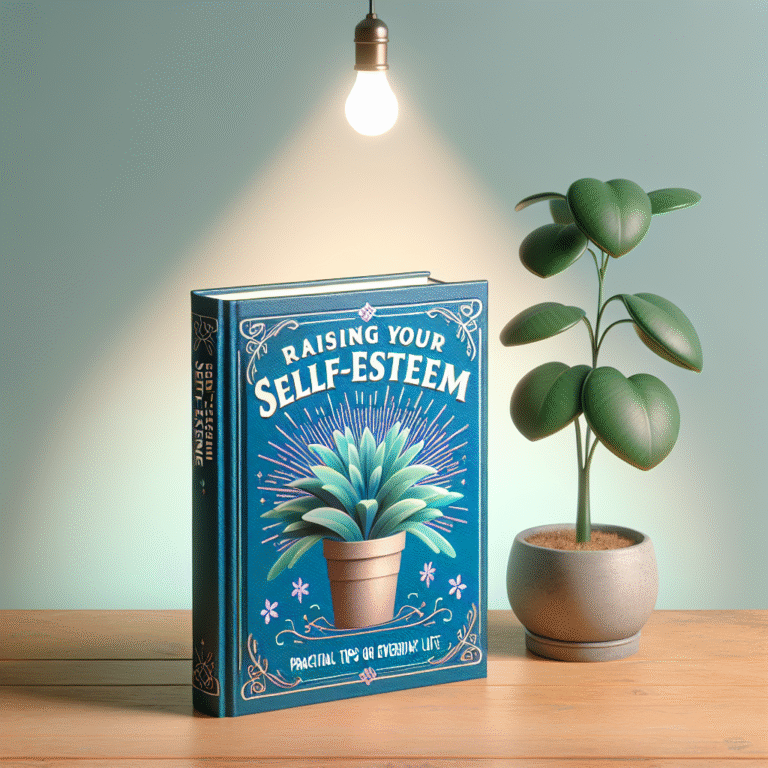
Introduction: The Invisible Threads of Attachment
Have you ever wondered why some relationships feel effortless while others seem fraught with tension? At the heart of this complexity often lies a concept that many overlook: attachment styles. Specifically, Understanding Insecure Attachment: The Hidden Impact on Relationships highlights a crucial aspect that can dictate the course of our connections with others. Understanding this topic is not just academic—it’s personal, impacting how we love, communicate, and relate to one another.
In this article, we will journey through the nuances of insecure attachment, unveiling its hidden ramifications and offering actionable insights. By the end, you’ll not only understand the hidden undercurrents of your relationships but also be equipped to foster healthier connections.
The Basics of Attachment Theory
What Is Attachment Theory?
Attachment Theory was pioneered by psychologist John Bowlby in the 1950s, advocating that early relationships with caregivers shape our emotional and social development. The essence of this theory revolves around four primary attachment styles:
- Secure Attachment: Characterized by trust and healthy emotional bonds.
- Anxious Attachment: Often marked by fear of abandonment and excessive need for reassurance.
- Avoidant Attachment: Characterized by emotional distance and discomfort with intimacy.
- Disorganized Attachment: A combination of anxious and avoidant behaviors, often resulting from trauma.
Understanding these styles is pivotal in grasping the intricacies of Understanding Insecure Attachment: The Hidden Impact on Relationships.
The Development of Insecure Attachment
Insecure attachment can stem from inconsistent caregiving, neglect, or even trauma. For instance, a child receiving loving attention one day and indifference the next may develop anxious traits. Conversely, a child who is shunned may become avoidant. These patterns can persist into adulthood, showcasing the profound impact of early life experiences on our relational dynamics.
Identifying Insecure Attachment Styles
Anxious Attachment
Individuals with an anxious attachment style often crave closeness but fear rejection. They may exhibit behaviors such as:
- Constantly seeking reassurance.
- Worrying excessively about the relationship’s future.
Case Study: Sarah, a 30-year-old marketing manager, constantly checks her partner Greg’s phone for messages. Despite Greg’s reassurances, Sarah’s anxiety causes friction in their relationship.
Avoidant Attachment
Those with an avoidant attachment style value independence to the point of pushing others away. Their traits may include:
- Difficulty expressing feelings.
- A tendency to withdraw during conflicts.
Case Study: Mark, a 35-year-old software developer, often withdraws when his girlfriend, Lily, seeks emotional intimacy. His reluctance to engage creates a barrier, leading to misunderstandings.
Disorganized Attachment
This style combines anxious and avoidant traits, often as a result of trauma. Individuals may oscillate between seeking closeness and fearing it, creating a confusing dynamic in relationships.
Case Study: James, a 28-year-old freelance artist, frequently feels drawn to intimacy but fears abandonment. His relationship with Mia suffers due to his unpredictable behavior.
The Hidden Impacts of Insecure Attachment on Relationships
Communication Breakdown
One of the most significant consequences of insecure attachment is communication breakdown. Research indicates that individuals with insecure attachment are less likely to engage in healthy conflict resolution. Instead, they may resort to passive-aggressive behaviors or silent treatment, compounding misunderstandings.
Table 1: Impact of Attachment Styles on Communication
| Attachment Style | Communication Tendencies | Example Behavior |
|---|---|---|
| Anxious | Over-explaining, seeking reassurance | "Do you really love me? Of course, I’m not enough!" |
| Avoidant | Withdrawing, minimizing issues | "It’s not a big deal; why are we even talking about this?" |
| Disorganized | Inconsistent, unpredictable | "I want you close but need space at the same time." |
Intimacy Challenges
Insecure attachment can stifle emotional intimacy. Anxious individuals may feel the need for excessive closeness, while avoidant individuals might shun vulnerability altogether. This creates a chasm that is hard to bridge, leading to dissatisfaction.
Trust Issues
Trust issues frequently arise from insecure attachment backgrounds. Anxiously attached individuals might assume nefarious intent in others, while avoidant people may struggle to open up. This lack of trust can hinder relationship progression.
Case Study Analysis: Returning to Sarah and Greg, Sarah’s anxious attachment creates a spiral of distrust. Her constant need for assurance leads to frustration for Greg, fueling his avoidance. This underscores how Understanding Insecure Attachment: The Hidden Impact on Relationships can illuminate pathologies in communication and trust.
Strategies for Healing Insecure Attachment
Self-Awareness and Education
Understanding your attachment style is the first step toward fostering healthier relationships. Consider journaling about your relationship patterns or engaging in self-reflection.
Therapy and Counseling
Engaging in therapy—especially with a focus on attachment-based approaches—can help you recognize and alter maladaptive patterns. Cognitive Behavioral Therapy (CBT) and Emotionally Focused Therapy (EFT) are particularly effective.
Building Secure Relationships
Surround yourself with secure individuals who can model healthy attachment behaviors. Their emotional resilience can help you learn to trust and communicate effectively.
Actionable Insights for Transforming Relationships
-
Communicate Openly: Express your feelings without fear. Use "I" statements to convey your thoughts clearly.
-
Practice Vulnerability: Allow yourself to be seen. Taking small steps can help cultivate intimacy.
-
Establish Boundaries: Healthy boundaries provide a solid foundation for trust and emotional safety.
- Focus on Growth: Embrace the journey of understanding and emotional growth, knowing each step improves relational health.
Conclusion: Towards Healthier Connections
Understanding Insecure Attachment: The Hidden Impact on Relationships is not merely an academic exercise; it is a vital exploration into our emotional heartstrings. We can learn to transform our relationships through increased self-awareness, effective communication, and emotional resilience.
Remember, change starts with understanding. Empathy, vulnerability, and the willingness to grow can turn the tide. Let’s rewrite the narratives around our relationships, fostering connections that nourish, uplift, and enrich our lives.
FAQs
What is the main distinguishing factor between secure and insecure attachment styles?
The primary difference lies in how individuals handle emotional intimacy and trust. Securely attached individuals feel comfortable with closeness, while insecurely attached ones (anxious or avoidant) often struggle.
Can attachment styles change over time?
Absolutely. While early relationships shape attachment styles, experiences, therapy, and conscious effort can lead to change and growth.
How can I identify my attachment style?
Reflect on your past relationships. Do you often feel anxious about abandonment or withdraw from intimacy? Journaling your feelings and behaviors can also provide insights.
Is it possible to have a healthy relationship with an insecure attachment style?
Yes, with self-awareness, open communication, and the willingness to grow, insecurely attached individuals can establish fulfilling relationships.
What role does therapy play in addressing attachment issues?
Therapy provides a safe space to explore attachment patterns, leading to greater self-awareness and healthier relational dynamics. It can equip individuals with the tools necessary for emotional growth and healing.
By understanding the multifaceted layers of attachment, we can navigate relationships with greater compassion and insight, fostering deeper and more meaningful connections.


















